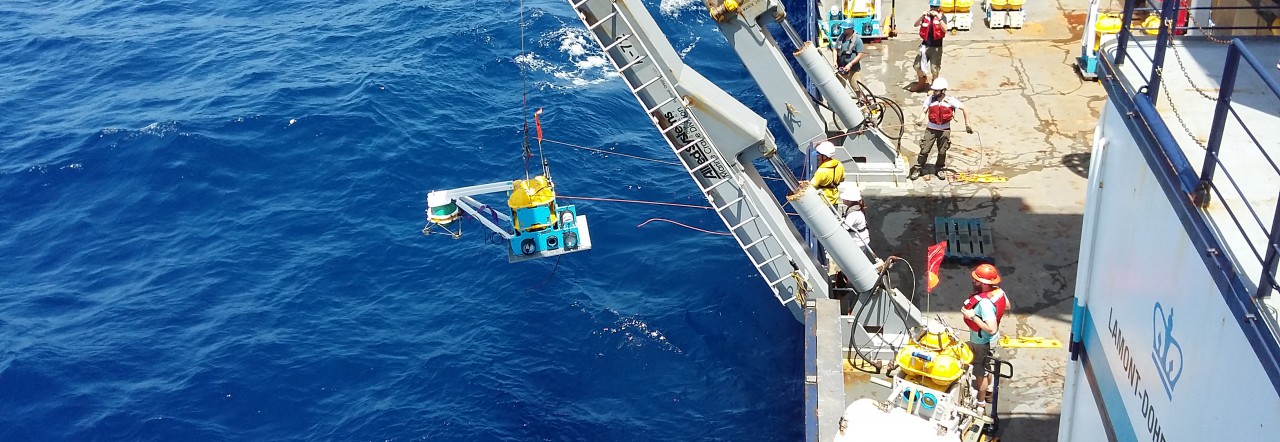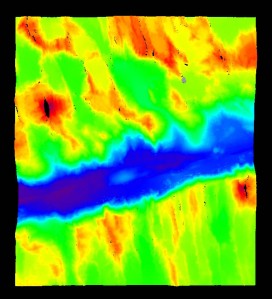After an intense 5 weeks at sea, picking up 78 instruments and carrying out 3D surveys, we can finally see Tenerife from our ship. Few more hours and we will be back on land.
Thank you to everyone who followed our blog. There will be more updates in the future when we start processing all of our data.
Hope you all enjoyed our little April fools story bout a pirate ship and a gold doubloon!
Signing off from RRS Discovery.


Top (left to right): Mike Kendall, Kate Rychert, Wayne Crawford, Saikiran Tharimena
Middle (l to r): Chris Amerding, Ted Koczynski, Michaela Wenner, Jake Perez, Martin Rapa, Oceane Foix, Simon Bensacon, Daniel Bassett
Bottom (l to r): Sean McPeak, Carlos Becerril, Owain Jones, Matthew Agius, Peter Liljegren




























